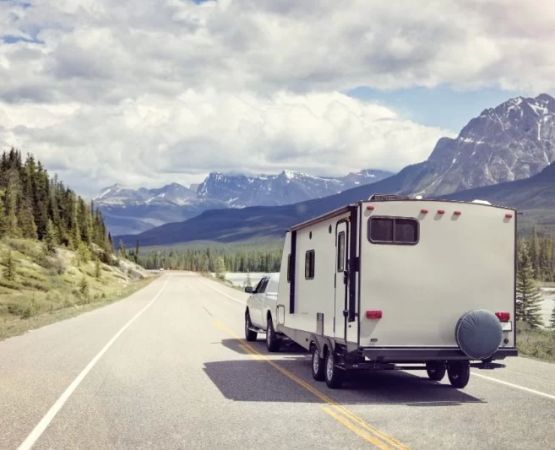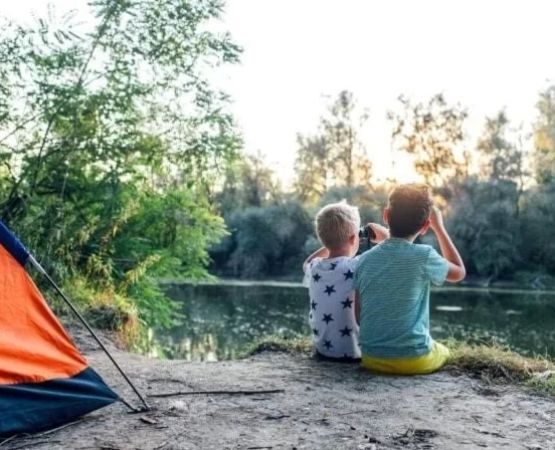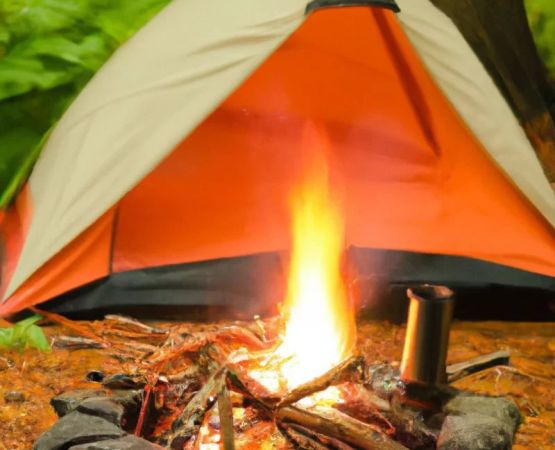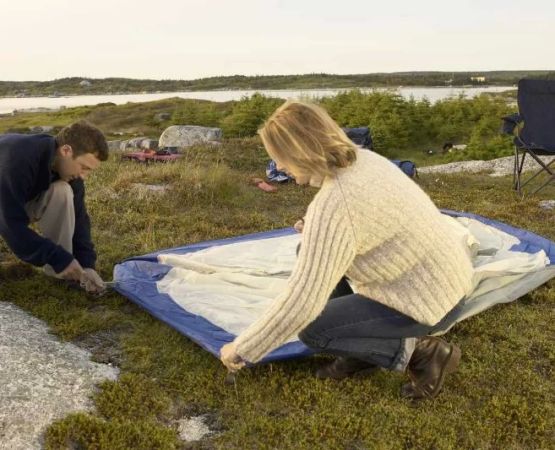How to Build a Campfire with Wet Wood: A Complete Guide for Adventurous Campers
- Tips for Starting a Campfire with Wet Wood
- Essential Materials for a Wet Wood Campfire
- Techniques to Dry Wet Wood Quickly
- A Real-life Campfire Story: Overcoming the Rain
- Final Thoughts: Enjoying Your Adventure Despite the Challenges
Tips for Starting a Campfire with Wet Wood
Building a campfire in wet conditions can be a daunting task, but with the right approach, you can still enjoy a cozy fire even when the wood is damp. First, you need to gather the right materials. Dry leaves, pine needles, or small twigs can serve as your fire starter, while larger pieces of wet wood will form the base of your fire. You’ll want to ensure the firestarter materials are as dry as possible, so keep them sheltered until you're ready to start the fire.
When arranging the wet wood, avoid placing large pieces directly on top of the firestarter. Instead, build your fire in a "teepee" or "log cabin" shape, which allows air to flow through and supports the flames in reaching the larger wet logs. The more airflow you have, the better your chances of success.
Essential Materials for a Wet Wood Campfire
Aside from wet wood, certain materials will be crucial to building a successful fire. You’ll need a reliable firestarter—whether that’s dry grass, pine needles, or store-bought fire starter blocks. If possible, bring along waterproof matches or a lighter to avoid the complications of trying to start a fire with wet matches.
In addition to a fire starter, bring along a fireproof container like a metal bucket to keep small twigs or dry leaves safe from rain. A good set of tools like a hatchet or small axe will also help in splitting wet wood into smaller, more manageable pieces.
Techniques to Dry Wet Wood Quickly
When you're dealing with wet wood, you must dry it out as quickly as possible to ensure your fire burns steadily. The first step is to use your firestarter to create a small flame. Once you have that, use a technique called “feathering” to expose the dry inner layers of the wood. Use a knife or hatchet to shave the outer wet surface off, leaving the dryer, inner parts exposed. Place these smaller pieces on top of your firestarter.
If you're still struggling with damp wood, try drying it using heat. Set up a small fire with dry sticks and place the wet wood above the fire, allowing the heat to dry it out. This method works best if you can create an air gap between the fire and the wood, using rocks or other items to support the wood while it dries out. As the wood dries, you can begin adding it to the main fire.
A Real-life Campfire Story: Overcoming the Rain
I remember a rainy camping trip in the mountains, where the skies opened up just as we were setting up camp. Our wood was soaking wet, and it seemed like the rain would never stop. But with the right techniques, we were able to gather dry leaves from under the trees and build a fire using the small twigs we managed to find. It took a little longer than we expected, but once that fire started to crackle, it was pure magic. We huddled around the campfire, listening to the rain patter around us, feeling proud of our persistence. That fire kept us warm and added to the charm of the adventure.
Final Thoughts: Enjoying Your Adventure Despite the Challenges
Building a campfire with wet wood is no easy task, but it’s a challenge that adds a unique thrill to your outdoor adventure. Whether you're in a rainforest, facing an unexpected storm, or simply camping in a damp environment, knowing how to make a fire in these conditions can make all the difference. With patience and the right techniques, you’ll be able to enjoy the warmth of a campfire, no matter the weather. So don’t let a little rain discourage you—get out there and experience the joys of camping in the wild!






